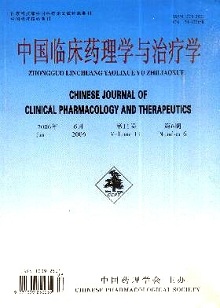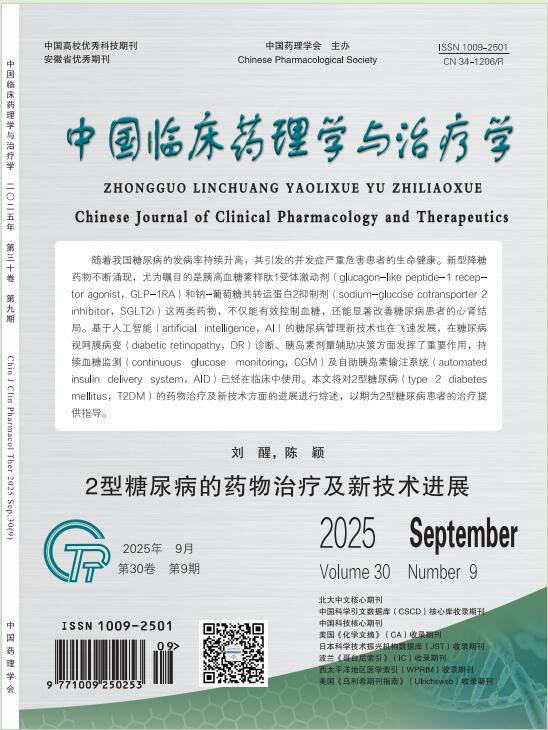In vitro studies of mutant prevention concentration and mutant selective window for staphylococcus aureus and its isogenic mutants strain
LI Zhao-xia, LIU You-ning, WANG Rui, CUI Jun-chang, CHENG Shi-hu, TONG Wei-hang
2006, 11(6):
696-701.
 Asbtract
(
236 )
Asbtract
(
236 )
 PDF (222KB)
(
457
)
References |
Related Articles |
Metrics
PDF (222KB)
(
457
)
References |
Related Articles |
Metrics
AIM: To measure minimal inhibitory concentration (MIC), mutant prevention concentration (MPC) and mutant selection window (MSW) of fluoroquinolones for staphylococcus aureus strain ATCC29213, and isogenic mutants of strain ATCC29213 in vitro,MSW and the capacity of fluoroquinolones for restricting the selection of next-step staphylococcus aureus resistant mutants were evaluated.In the meantime, the emergence and development of fluoroquinolones resistant were observed.Methods: The celles of 1010 colony form units per milliliter staphylococcus aureus were enriched in broth, and theMIC, provisional MPC (MPCpr) and MPC of fluoroquinolones against different strains were determined by agar plates dilution method.Results: The MPCs of moxifloxacin, gatifloxacin, Sparfloxacin, levofloxacin and Ciprofloxacin for staphylococcus aureus strain ATCC29213 were 0.2, 0.3, 0.3, 1.4, 3.2 μg·ml-1, and the MPC MICs were 6.5, 4.8, 9.7, 11.2 and 12.8 respectively. The MICs of 5 fluoroquinolones for the first-step isogenic mutants were 2-8 folds greater than those of ATCC29213.The MICs of levofloxacin for the secondstep mutants were 8-16 folds greater than those of the first-step isogenic mutants.The MSWs of 5 fluoroquinolones for the mutants were wider than those for its isogenic strain.Conclusion: For staphylococcus aureus strain ATCC29213 and its isogenic mutants, the capacity of moxifloxacin and gatifloxacin for restricting the selection of next-step resistant mutants is stronger than that of sparfloxacin, levofloxacin and ciprofloxacin.The staphylococcus aureus resistance of fluoroquinolones is developed step by step.The emergence of the first-step mutants is more easily to select new mutants.


